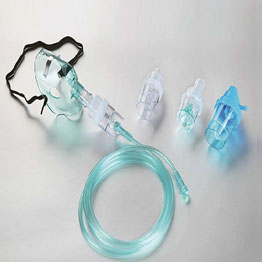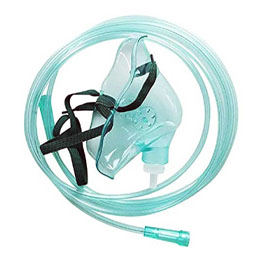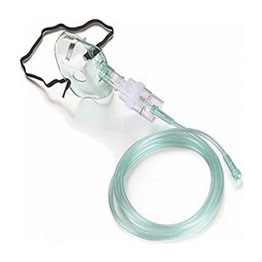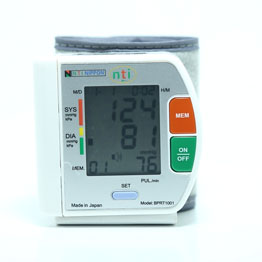Foley catheters, named after the pioneering work of Dr. Frederic Foley in the 1930s, are essential tools utilized in urological and critical care settings. These catheters consist of a flexible tube with an inflatable balloon at one end, crafted from materials such as silicone or latex. The design of Foley catheters allows for secure placement within the bladder, enabling continuous drainage of urine while minimizing the risk of dislodgement.
Functionally, Foley catheters operate by inserting the tube into the bladder through the urethra, with the balloon inflated once inside to anchor the catheter in place. This mechanism facilitates the uninterrupted drainage of urine, serving crucial roles in both therapeutic and diagnostic settings. Whether employed to relieve urinary retention or monitor urine output in hospitalized patients, Foley catheters play a pivotal role in maintaining urinary tract health and optimizing patient care outcomes.
Structure and Components
Foley catheters typically consist of three main components:
Catheter Tube: This is a flexible tube usually made of silicone or latex, which varies in length and diameter depending on the patient's needs. The catheter tube is inserted into the bladder through the urethra to allow urine drainage.
Inflatable Balloon: Positioned at one end of the catheter tube, the inflatable balloon is typically made of silicone. Once the catheter is inserted into the bladder, the balloon is inflated with sterile water to anchor the catheter in place and prevent it from slipping out.
Drainage Port: Located at the distal end of the catheter, the drainage port allows urine to flow out of the bladder and into a collection bag for measurement and disposal.
Functionality
Foley catheters operate based on a simple yet effective mechanism. The catheter is inserted into the bladder through the urethra, typically under sterile conditions to minimize the risk of infection. Once inside the bladder, the balloon is inflated with a specified volume of sterile water, securing the catheter in place within the bladder neck or urethra. This prevents accidental dislodgement and ensures continuous drainage of urine from the bladder into the collection bag.
Indications for Use
Foley catheters are employed in various clinical scenarios, including:
- Urinary Retention: Foley catheters are frequently used to relieve urinary retention, a condition characterized by the inability to empty the bladder adequately. This may occur due to obstructive causes (e.g., prostate enlargement, urethral stricture) or neurogenic causes (e.g., spinal cord injury, multiple sclerosis).
- Surgical Procedures: During surgical interventions, Foley catheters are often inserted to monitor urine output accurately and maintain bladder decompression. This is particularly important in surgeries involving prolonged anesthesia or those affecting the genitourinary system.
- Critical Care Settings: Patients in critical care units, such as intensive care units (ICUs), may require Foley catheterization for close monitoring of fluid balance and renal function. Foley catheters allow healthcare providers to measure urine output precisely and make timely adjustments to fluid management strategies.
Types of Foley Catheters
Foley catheters are available in various types, including:
- Silicone Catheters: Silicone catheters are known for their biocompatibility and flexibility, making them suitable for long-term catheterization and patients with latex allergies.
- Latex Catheters: Latex catheters are cost-effective and widely used; however, they may trigger allergic reactions in patients with latex sensitivities.
- Coated Catheters: Some Foley catheters are coated with substances such as hydrogel or silver alloy to reduce the risk of catheter-associated urinary tract infections (CAUTIs).
Insertion and Care
Inserting a Foley catheter requires skill and adherence to sterile technique to minimize the risk of infection. Proper catheter care is essential to prevent complications such as CAUTIs, catheter blockage, and bladder trauma. Healthcare providers must follow established protocols for catheter insertion, securement, and maintenance, including regular cleaning and monitoring for signs of infection or other complications.
Complications
Despite their benefits, Foley catheters can pose risks and complications, including:
-
Catheter-associated Urinary Tract Infections (CAUTIs): CAUTIs are among the most common healthcare-associated infections, occurring due to bacterial colonization of the urinary tract facilitated by the presence of the catheter.
-
Catheter Blockage: Catheter blockage can occur due to the accumulation of sediment, blood clots, or encrustations within the catheter lumen, leading to decreased urine flow and potential bladder distension.
-
Bladder Trauma: Improper catheter insertion or manipulation can cause trauma to the bladder wall or urethra, resulting in bleeding, pain, or urinary leakage.
Conclusion
Foley catheters play a vital role in managing urinary retention, facilitating accurate urine output measurement, and supporting patients in various clinical settings. Understanding the structure, functionality, indications, and potential complications of Foley catheters is essential for healthcare providers to ensure safe and effective patient care. By adhering to established protocols for catheter insertion, care, and maintenance, healthcare professionals can mitigate risks and optimize outcomes for patients requiring Foley catheterization.





